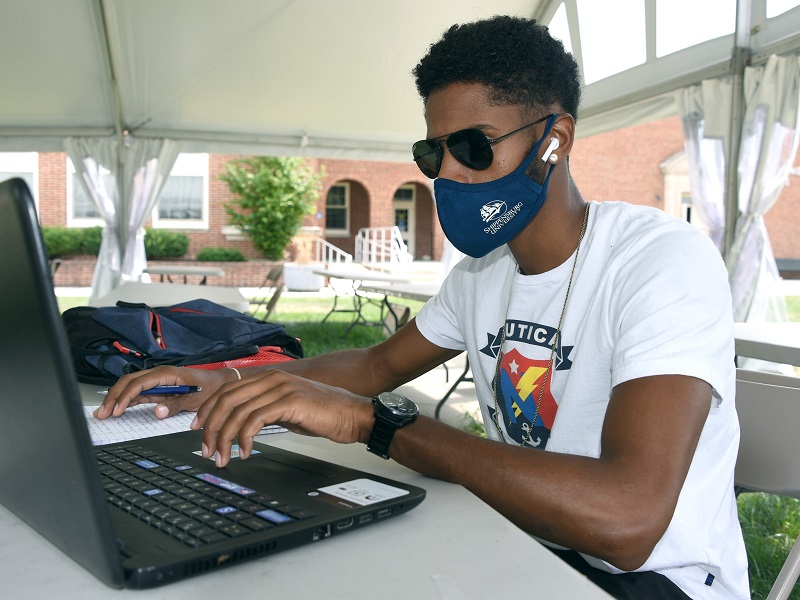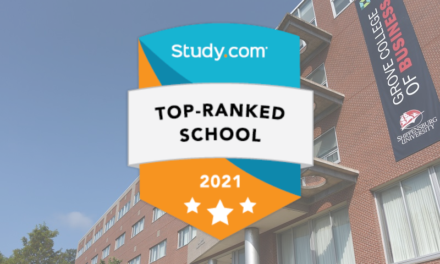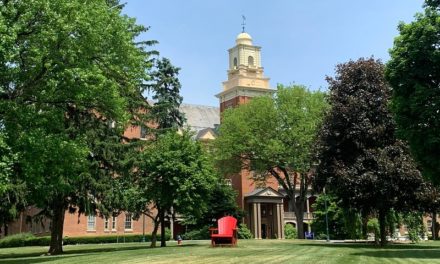Shippensburg University announces its participation in the CDC MASCUP Initiative – a study observing if students on college campuses wear their masks properly.
The initiative officially kicked off for Ship on February 22, making it one of 55 institutions of higher education (IHE) across the country and the only PASSHE school to participate.
Most colleges, including Ship, mandate mask-wearing to mitigate the spread of COVID-19, but compliance with such regulations are especially crucial for college campuses. Research has shown higher positivity rates among young adults than any other age group. Given this fact, the CDC sought to involve IHE in a study focusing on mask surveillance and to assist universities with determining adherence to inform public health decision-making.
Through this study, universities will discover if their students are wearing masks, what types of masks they wear, and if they wear them properly.
Each school appoints a principal investigator (PI) to oversee the logistics of the project and manage the student volunteers who observe and collect data. The PI also trains the observers and selects 10 sites on or off campus for observations to take place. Lastly they are charged with tracking the observers and importing the data into the CDC database.
Observers must follow specific guidelines to ensure the credibility of the study. Mainly, they receive training to understand proper and improper mask usage, report exactly what they observe as accurately as possible, and do not engage with those they observe.
Results of the MASCUP Initiative will provide accurate information on mask compliance, improve understanding toward mask use among the IHE population, and help develop additional mitigation strategies for universities.
Shippensburg’s participation in the initiative demonstrates its commitment to the health and well-being of its community, and affirms the university’s compliance with regulations in place to prevent further spread of COVID-19.
Ship sets an important precedent for other universities by showing how the solution to getting students back on campus lies in contribution to research to inspire more proper mask usage.





